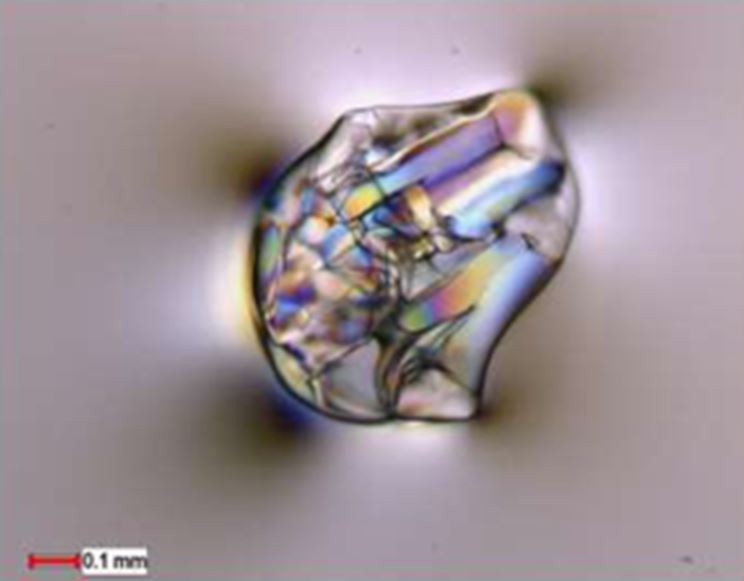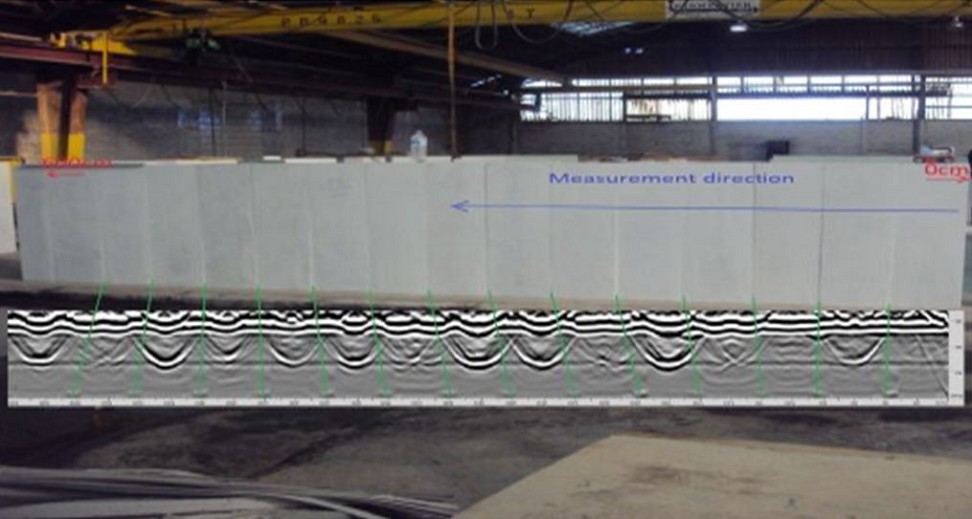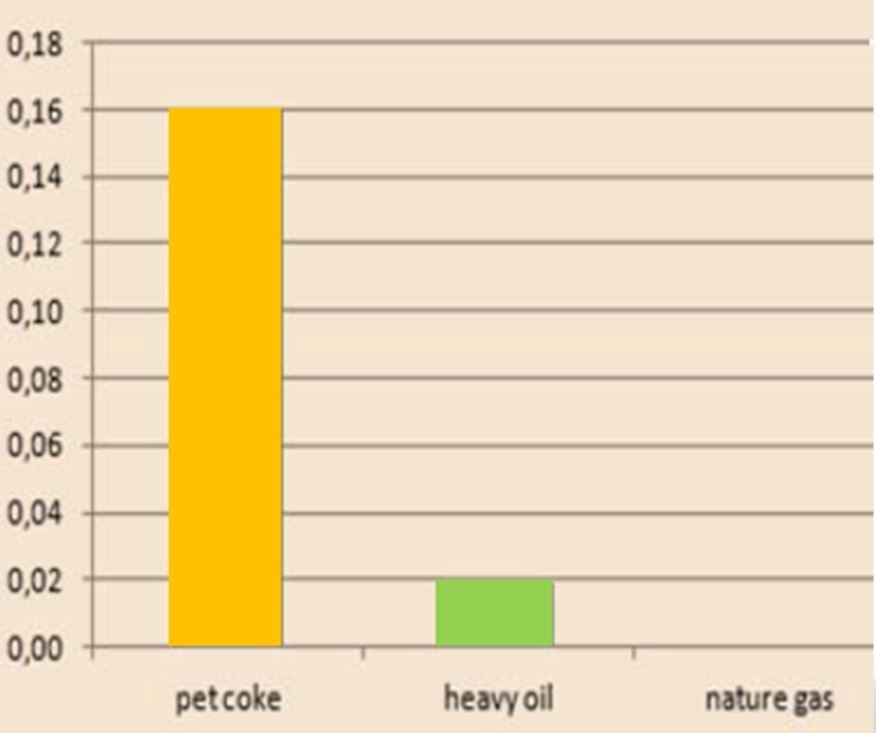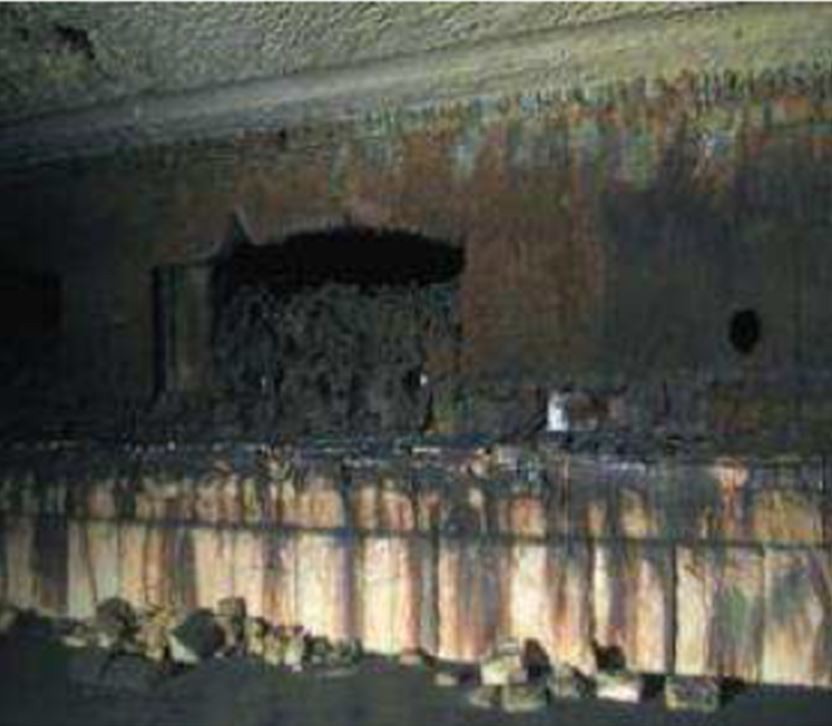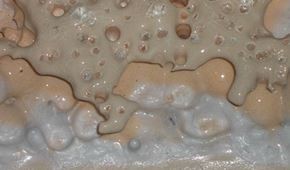TC11 discuses advanced refractory materials and worldwide industrial experience on glass melting furnaces.
The material properties and application problems are reported and analyzed.
Testing procedure and inspection methods for refractory materials will be recommended.
Planned activities for 2024
TC11 annual meeting planned on October 21st at Dusseldorf
Activities and planned actions
2023
TC annual meeting:
Monday, 20 December 2023 – SGR Provence
All TC11 members have been invited at Saint-Gobain Research Provence center to exchange on the topics listed below and have had the opportunity to visit the SGRP laboratories facilities.
1) The Effects of High Electric Boost on Regenerator Superstructures – Trevor Wilson
Practical experience showing the positive effect of the glass phase content (>10%) on the mullite based bricks used in the regenerators crowns & walls during lower temperatures operation.
2) Material selection for next generation combustion – Ide Tomoyuki
Development of a higher durability ab Al2O3 electrocast containing 70% a-Al2O3 with improved spalling & creep resistance for the oxy fired furnaces crowns.
3) The effect of refractory quality on glass defects: Testing and sampling of refractories – Izmirlioglu Burak
Overview of the refractories tests including the normalised tests (CCS- Creep…) but also the new characterisation perspectives (Resonant Frequency Damping Analyser & Raman spectroscopy) for an optimised refractories selection in the glass furnaces.
4) Bottom structure proposals to increase the thermal cycles resistance – Jean-Pierre Meynckens
AZS pavings have been monitored by GPR after the furnace campaigns. The disappearance of the pavings at the lower temperatures areas can be explained by the thermal variations and the subsequent post expansion of the AZS pavings due to the thermal hysteresis of the ZrO2 transformation. Some design improvements are suggested to overcome this problem.
5) Bottom Lining Considerations – Daniela Messina
Description of the paving types (electrocast & bonded) for use in the highly boosted furnaces. Discussions about glass corrosion, metal drop drilling resistance, electrical resistivity (measured @ RHIM Leoben), thermal expansion stability. Effect of the monolithic layers and the lower layers is evaluated in regards with the heat loss and the bottom lining durability.
6) Bottom Paving Corrosion in Hybrid & High e-Boosting Furnaces – Stephane Schaller & Michel Gaubil
Description of the 3 main types of corrosion (direct – upward & downward drilling) and bottom paving reinforcement proposals according to the furnace solicitation (standard, hybrid or high boosting). Benefits of double paving solution are detailed case by case for higher resistance.
7) Discussion about Liaison ICG TC 11 – Refractories with ISO/TC33 – Jean-Pierre Meynckens
TC11 Chair has been contacted by ISO/TC33 involved in the refractories standards publication. The first objective of the liaison is to be a platform formalizing somehow the exchange of information between the two bodies. Example of interest is the quartz evaluation in silica bricks that has been evaluated by TC11 in 2021-2022 (in the frame of RRT for silica) and that is to date a topic under development of ISO/TC33. Depending upon the willingness of TC11 members we might activate this liaison.
Meeting
September 2022 in Düsseldorf, Germany:
October 2020 in Düsseldorf, Germany
October 2019 in Venice, Italy
October 2018 in Düsseldorf, Germany
October 2017 in Istanbul, Turkey
September 2016 in Düsseldorf, Germany.
October 2015 in Eindhoven, Holland.
October 2014 in Düsseldorf, Germany.
Presentation
2022
– Crowns deformation during furnace lifetime: Jean-Pierre Meynckens
– Crowns design & material choices: Stefan Postrach/Daniela Messina
– Several approaches regarding creep (laboratories tests & long term prediction) :Christian Kunert
– Refractories for a Decarbonised World: Trevor Wilson (invited speaker)
– Hydrogen combustion and risk for superstructure refractories: Christian Kunert
– How high electrical boosting will affect glass furnaces’ refractory material : Michel Gaubil
– Float Bath Bottom Block problems (delamination, flaking, and bottom bubble generation): Melih Ustun
– Tin Bath Bottom Blocks_RHIM solutions: Andrea Roncaglia (invited speaker)
2019
Evaluation of silica testing methods:
– Presentation: Stefano Cappuzzo, Stefano Sanchetti (SSV)
– Presentation: Andrea Roncaglia (AGC)
– Presentation: Anne Jans Faber, Marco van Kersbergen (Celsian)
Worked out a silica RRT program:
– All members
Mixes
-Presentation: Refractory mixes for glass industry, Mark Taylor, Santiago Suarez (Magneco/Metrel)
2017
Sven-Roger Kahl (Ardagh Glass): The new requirements for refractories for multi-fuel hybrid furnaces
Bruno Malphettes (SEFPRO): superstructure corrosion
Rongxing Bei (RHI): Overview of all possible refractories for crown and superstructure
Burak Izmirlioglu (Sisecam): The crown and superstructure refractories and glass defects
Simone Tiozzo (Stazione Sperimentale del Vetro): The glass defects from crown and superstructure
Esref Aydin (Ex TC11 Chairman): Catscratches and Cords
AnneJans Faber (Celsian): Methods and tools to study crown corrosion and heat losses of refractory walls
2016
Rongxing Bei: DURITAL AZ58 and DURITAL K99 EXTRA for the Superstructure of Glass Melting Furnaces.
Johannes Vetter: Thermochemical Regenerator – High Efficiency Heat Recovery for Oxy-Fired Glass Furnaces.
Anne Jans Faber: Project proposal – Reducing structural heat losses at glass Furnaces.
Anne Jans Faber: New CelSian CO+ sensor for burner control.
Marvin: The production at Ling Nan refractories, China and the quality control.
2015
Jean-Pierre Meynckens: Effect of pet coke on refractories in glass furnace.
Michel Gaubil: Diverse industrial experience in glass furnace using pet coke.
Rongxing Bei: Regenerator Lining Concept under Pet-Coke Firing.
Stef Lessmann: Experimental device to test the refractories for regenerators.
2018
Evaluation of different test methods for blistering
– Roland Heidrich (REFEL, Italy)
– Brian Harris (NSG, UK)
– Christian Kunert (Schott, Germany)
– Kenji Matano (AGCC, Japan)
2014
Amul Gupta and Michael Dunkl: Bubble formation by AZS-refractories during startup of glass melting furnace.
Kevin Selkregg: Glass defect in glass melting tanks by AZS-refractories.
Burak Izmirlioglu: Refractories, Glass Defects and Post Mortem Works:
Next steps:
– Influence factors for blistering: study on impurities, oxidation stage of the fused cast materials
– Evaluation of new test methods for refractory materials
Committee Members
Meynckens, Jean-Pierre (AGC) Committee Position: Chair
Gaubil, Michel Committee Position: Vice Chair
Bogaerts, Michel (AGC)
Cappuzzo, Stefano (STATIONE SPERIMENTALE DEL VETRO)
Harris, Brian (NSG)
Heidrich, Roland (REFEL)
Ide, Tomoyuki Japan
Izmirlioglu, Burak (SISECAM)
Kunert, Christian (SCHOTT)
Messina, Daniela (RHIMagnesita)
Postrach, Stefan (RHIMagnesita)
Sanchetti, Stefano (STATIONE SPERIMENTALE DEL VETRO)
Schmidt, Anne Germany
Tojo, Shin (NEG)
van Kersbergen, Marco (CELSIAN)
Wilson, Trevor (DSF)
Committee Contact Details
Jean-Pierre Meynckens
AGC – Refractories Development & Coordination
Rue Louis Blériot, 12
6041 Gosselies – Belgium
+32/478.40.59.12
Members Downloads
Download Manager

